Did you know that 71% of consumers say outdoor media influences their purchasing decisions more? Have you considered whether your business or brand is taking advantage of this? Unlike the ads we see daily on our phones, outdoor media provides a real-life experience for consumers. This makes your ad stand out from the typical digital marketing seen on all platforms. Outdoor media can shape your business by presenting your service in a unique way that in-home and digital marketing cannot. But what exactly is outdoor media?
Let’s Define: What is Outdoor Media?
Outdoor media is any kind of advertising that directly reaches consumers, specifically when they are not at home. It is made to grab people’s attention when they are out and about. This form of media also goes by OOH (Out-of-Home) advertising. It is a common standard for advertising to the general public.
Forms of outdoor media include:
- Billboard
- Posters
- Point of Sale Displays
- Transit Advertising
- Guerrilla Advertising
- Street Furniture
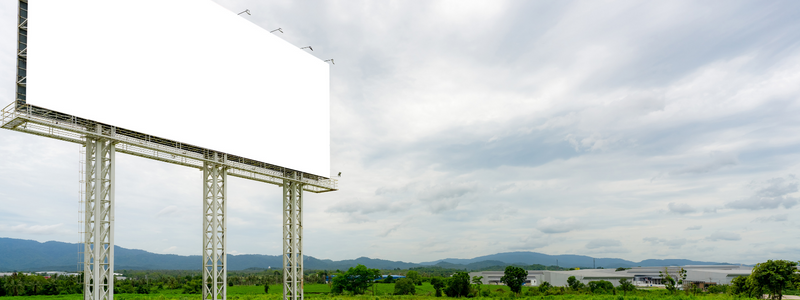
Types of Outdoor Media You See Everyday
Now that we understand what outdoor media really is, let’s look a little closer at the kinds of outdoor media you see in your everyday life.
Billboards
Billboards are an extremely popular and well-recognized form of outdoor media. About 71% of consumers will encounter these kinds of ads.
Billboards are big and bold and make a grand statement. They are usually found on big city streets and along busy highways.
Billboards are ideal for a company that wants to be more present within a community and wants people to be aware of their services.
Posters
Posters function similarly to billboards but on a smaller scale, allowing your ad to target a local audience more effectively.
Posters being smaller in size allows for you to print in mass bulk when targeting multiple areas with your brand. Posters are typically seen by both drivers and passersby with a focus of being placed in a central area.
Point Of Sale Displays
Point-of-sale displays can be various advertisements aimed at consumers who may feel impulsive toward the end of their shopping session while waiting in line.
The most important thing you should remember is to have something unique and effective that suddenly draws the buyer’s attention. These kinds of products can be stickers, signs, posters, spinners, etc. Just think about attention-grabbing.
Transit Advertising
Transit advertisements are normally seen on buses, taxis, subway stations, and trains. These kinds of outdoor ads are targeted towards marketing to consumers, tourists, and commuters on the go.
Transit advertisements take a less or more attitude to marketing. Since your target audience is typically on the go, you’ll want to share yourself with them without overwhelming them with too much on-the-go information.
Guerrilla Advertising
Guerrilla advertising uses a “shock and awe” marketing idea in which a business uses surprise/random interactions with the public to promote their company’s service/product.
The guerrilla style of advertising typically keeps costs low and uses interactions to spread viral social media messages.
Street Furniture
Street furniture advertising can target the residents of specific neighborhoods, providing unique media opportunities to showcase local vendors. They also have an added value of being relatively inexpensive.
Street furniture sits placed at eye level which catches the eye of a lot of foot traffic. Best opportunities for using street furniture advertising are bus/park benches, traffic lights, etc.
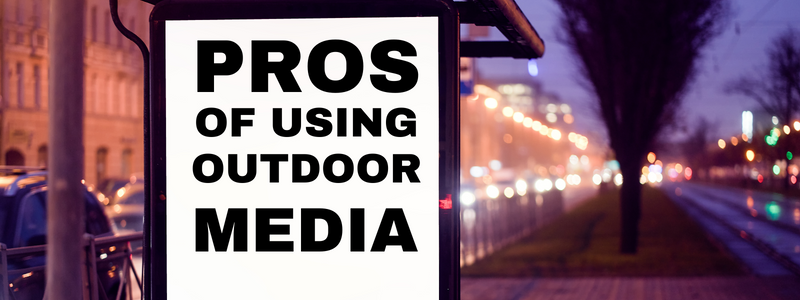
Pros of Using Outdoor Media
Cost-Friendly
It is pretty affordable when comparing it to other forms of business media. Advertising on a bench, bus, or billboard can create positive customer reactions to your business for a relatively low cost.
Immediate Impact
Outdoor media has an immediate impact. Say a customer is looking for a product like what you have to offer, if that person sees your ad, it will become immediately impactful for you and the customer.
Greater Chance For Impulse Buying
Much like having food by the check-out of a store, it fuels a need for instant gratification and impulse buying.
Outdoor media triggers a potential consumer to buy what you are offering simply because they need it.
Cons of Using Outdoor Media
Success Not Guaranteed
You can place your ad out in a highly populated area of town and still gain no new customers. Putting up some outdoor media doesn’t automatically make your service or product appealing.
Potential Consumers May Not Remember Your Info
TV and radio advertisements have the fortunate benefit of being able to repeat themselves throughout the ad. Outdoor media doesn’t have such a convenience.
Some outdoor media get seen for only a few seconds by any one person. Things are harder to remember when only given a matter of seconds.
Vandalism
Knowing exactly what your ad will look like on TV, the internet, or radio; Outdoor media can become another matter completely.
With outdoor media, vandalism can happen at any time. This could mean you eventually need to consistently monitor the ad for maximum value in your marketing campaign.
Budgeting for Outdoor Media
Effectively budgeting for outdoor media campaigns is crucial to maximize your return on investment (ROI) and ensure your advertising dollars are well spent. Here are some tips and insights to help you plan your budget for outdoor media:
Cost Breakdown
- Ad Space Rental: The cost of renting ad space varies depending on the location, size, and duration of your campaign. Prime locations like city centers or highways tend to be more expensive.
- Design and Production: Budget for the design and production of your ads, including graphic design, printing for posters and billboards, and digital content creation for electronic displays.
- Installation and Maintenance: Factor in the costs of installing your ads and any ongoing maintenance, such as cleaning or repairing vandalized billboards.
- Permits and Fees: Some locations may require permits or incur additional fees. Make sure to account for these in your budget.
ROI Considerations
- Measure Impact: Determine how you will measure the impact of your outdoor media campaign. Metrics such as increased foot traffic, website visits, or sales can help assess your ROI.
- Cost-Per-Impression (CPI): Calculate the CPI by dividing the total cost of the campaign by the number of impressions (views). This helps you understand the cost efficiency of your ads.
- Customer Acquisition Cost (CAC): Calculate the CAC by dividing the total campaign cost by the number of new customers acquired. This metric is essential for evaluating the effectiveness of your ads in generating new business.
Budget Optimization
- Negotiate Ad Rates: Don’t hesitate to negotiate with ad space providers for better rates, especially if you are booking multiple locations or long-term placements.
- Off-Peak Rates: Consider placing ads during off-peak times when rates may be lower. This can help stretch your budget further.
- Bulk Discounts: Look for opportunities to purchase ad space in bulk, which can often result in significant discounts.
- Repurpose Content: To save on production costs, repurpose existing content where possible. For example, adapt a successful digital campaign for outdoor media.
Case Examples
- Small Business Success: A local coffee shop increased its customer base by 30% after investing in strategically placed bus stop ads, costing $2,000 for a month-long campaign.
- Large Corporation: A national retail chain spent $50,000 on billboards across multiple cities, resulting in a 15% increase in foot traffic and a notable boost in sales during the campaign period.
- Seasonal Campaign: A seasonal winter apparel brand utilized bus and train ads during the holiday season, with a budget of $10,000. The targeted campaign led to a significant rise in online and in-store sales.
Remember to regularly review and adjust your budget based on the performance metrics and evolving market conditions.
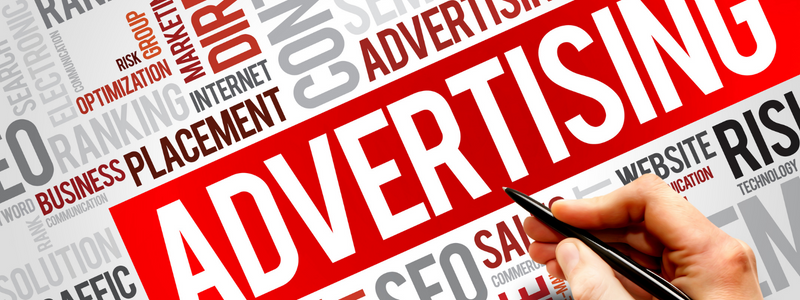
Tips for Creating Effective Outdoor Ads
Creating effective outdoor ads requires a strategic approach that considers design, location, timing, and compliance. Here are some tips to help you maximize the impact of your outdoor media campaigns:
Design Best Practices
- Keep It Simple: Outdoor ads need to be easily readable at a glance. Use bold fonts, contrasting colors, and minimal text to ensure your message is quickly understood.
- Focus on One Key Message: Don’t overwhelm viewers with too much information. Highlight the most important aspect of your offer or message.
- Use High-Quality Images: Visuals should be high-resolution and attention-grabbing. A compelling image can significantly enhance the effectiveness of your ad.
- Brand Consistency: Ensure your ad aligns with your brand’s visual identity. Consistent use of logos, colors, and fonts reinforces brand recognition.
- Call to Action (CTA): Include a clear and concise CTA that tells viewers what you want them to do next, whether it’s visiting your website, calling a number, or visiting a location.
Location Selection
- High-Traffic Areas: Place your ads where they will be seen by the most people, such as busy highways, city centers, and popular transit routes.
- Target Audience: Consider the demographics of the area where you place your ad. Ensure the location aligns with your target audience’s habits and preferences.
- Visibility: Ensure your ad is unobstructed and easily visible from a distance. Avoid placing ads where trees, buildings, or other obstacles might block the view.
- Eye-Level Placement: Ads placed at eye level are more likely to capture attention, especially for pedestrian traffic.
Timing
- Seasonal Relevance: Time your ads to coincide with relevant seasons or events. For example, promote holiday sales during the festive season or summer products as the weather warms up.
- Campaign Duration: Determine the optimal duration for your ad campaign. Short-term ads can create a sense of urgency, while long-term ads build brand recognition.
- Peak Hours: Consider the peak hours of traffic in your chosen locations. Ads placed in high-traffic areas during rush hours can reach a larger audience.
Compliance and Permits
- Local Regulations: Familiarize yourself with local advertising regulations and ensure your ads comply with all laws and guidelines.
- Obtain Necessary Permits: Secure all necessary permits before placing your ads to avoid legal issues and potential fines.
- Content Restrictions: Be aware of any content restrictions that might apply to your ad, such as prohibitions on certain images, messages, or claims.
By following these tips, you can create outdoor ads that effectively capture attention, convey your message, and drive consumer action. Effective outdoor advertising can significantly enhance your brand’s visibility and influence purchasing decisions.
bMedia: The Experts in Outdoor Media
As a leading local media business, bMedia’s goal is to provide an advertising vehicle which gets your message through to your target market. To solidify your brand image and increase overall sales through quality, innovation, impact, and distinct services.
bMedia Group will provide you with strategists and best practices as you work hand-in-hand through measurable and effective business solutions. As a technology-driven company, bMedia thrives to provide innovation.

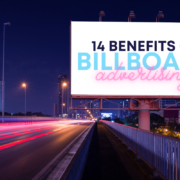

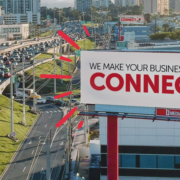

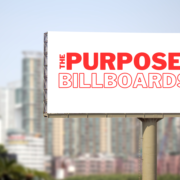

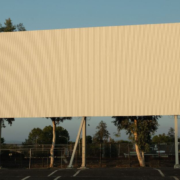


 787 792 4113
787 792 4113
